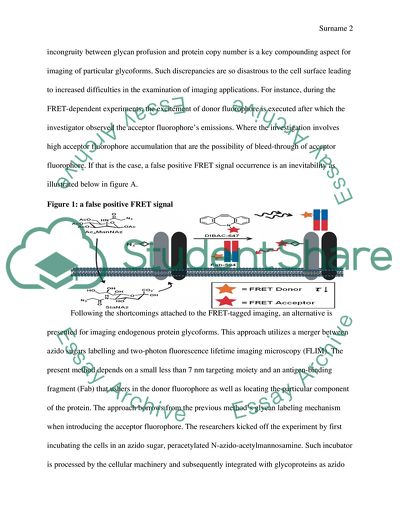Cite this document
(FRET Based Method Report Example | Topics and Well Written Essays - 2500 words, n.d.)
FRET Based Method Report Example | Topics and Well Written Essays - 2500 words. https://studentshare.org/chemistry/1871274-imaging-glycosylation
FRET Based Method Report Example | Topics and Well Written Essays - 2500 words. https://studentshare.org/chemistry/1871274-imaging-glycosylation
(FRET Based Method Report Example | Topics and Well Written Essays - 2500 Words)
FRET Based Method Report Example | Topics and Well Written Essays - 2500 Words. https://studentshare.org/chemistry/1871274-imaging-glycosylation.
FRET Based Method Report Example | Topics and Well Written Essays - 2500 Words. https://studentshare.org/chemistry/1871274-imaging-glycosylation.
“FRET Based Method Report Example | Topics and Well Written Essays - 2500 Words”. https://studentshare.org/chemistry/1871274-imaging-glycosylation.


